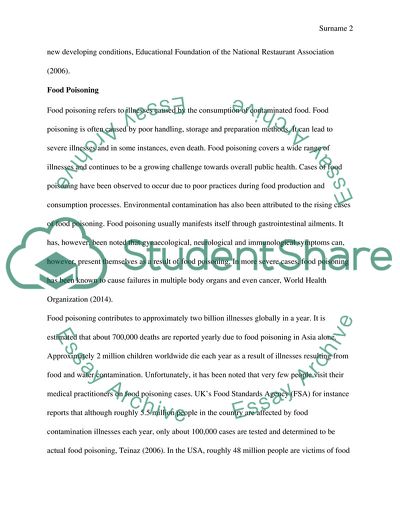Cite this document
(Microbial Food Poisoning Coursework Example | Topics and Well Written Essays - 2500 words, n.d.)
Microbial Food Poisoning Coursework Example | Topics and Well Written Essays - 2500 words. https://studentshare.org/health-sciences-medicine/1823188-microbial-food-poisoning
Microbial Food Poisoning Coursework Example | Topics and Well Written Essays - 2500 words. https://studentshare.org/health-sciences-medicine/1823188-microbial-food-poisoning
(Microbial Food Poisoning Coursework Example | Topics and Well Written Essays - 2500 Words)
Microbial Food Poisoning Coursework Example | Topics and Well Written Essays - 2500 Words. https://studentshare.org/health-sciences-medicine/1823188-microbial-food-poisoning.
Microbial Food Poisoning Coursework Example | Topics and Well Written Essays - 2500 Words. https://studentshare.org/health-sciences-medicine/1823188-microbial-food-poisoning.
“Microbial Food Poisoning Coursework Example | Topics and Well Written Essays - 2500 Words”. https://studentshare.org/health-sciences-medicine/1823188-microbial-food-poisoning.


